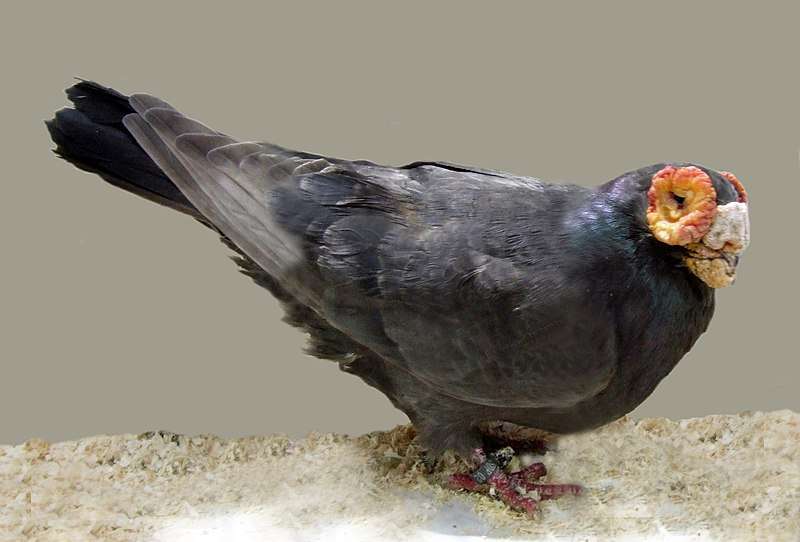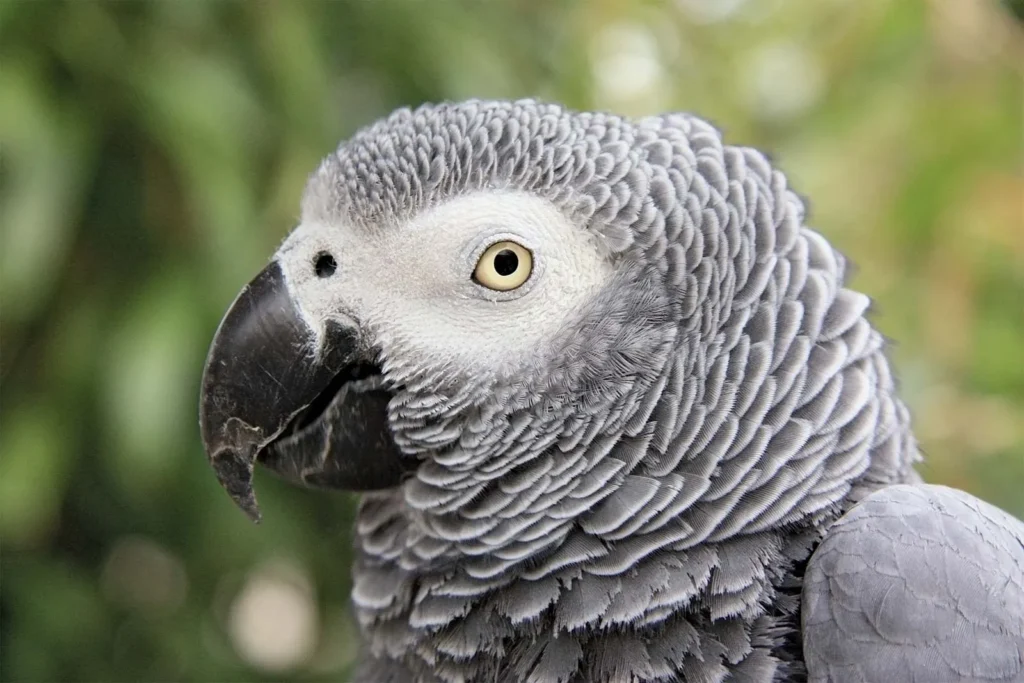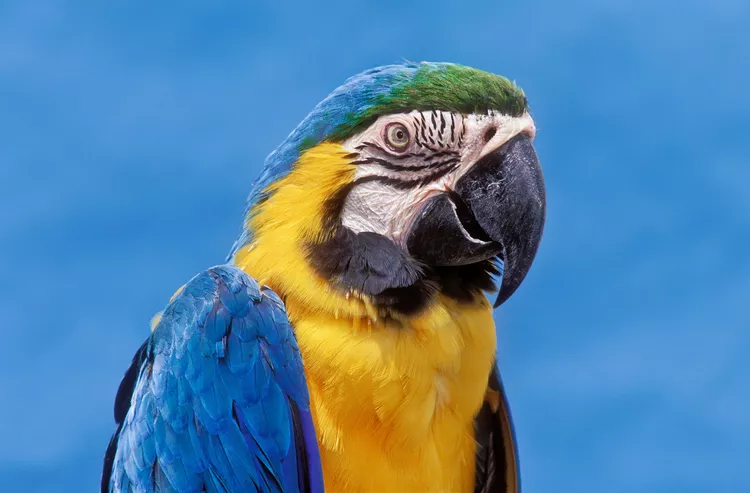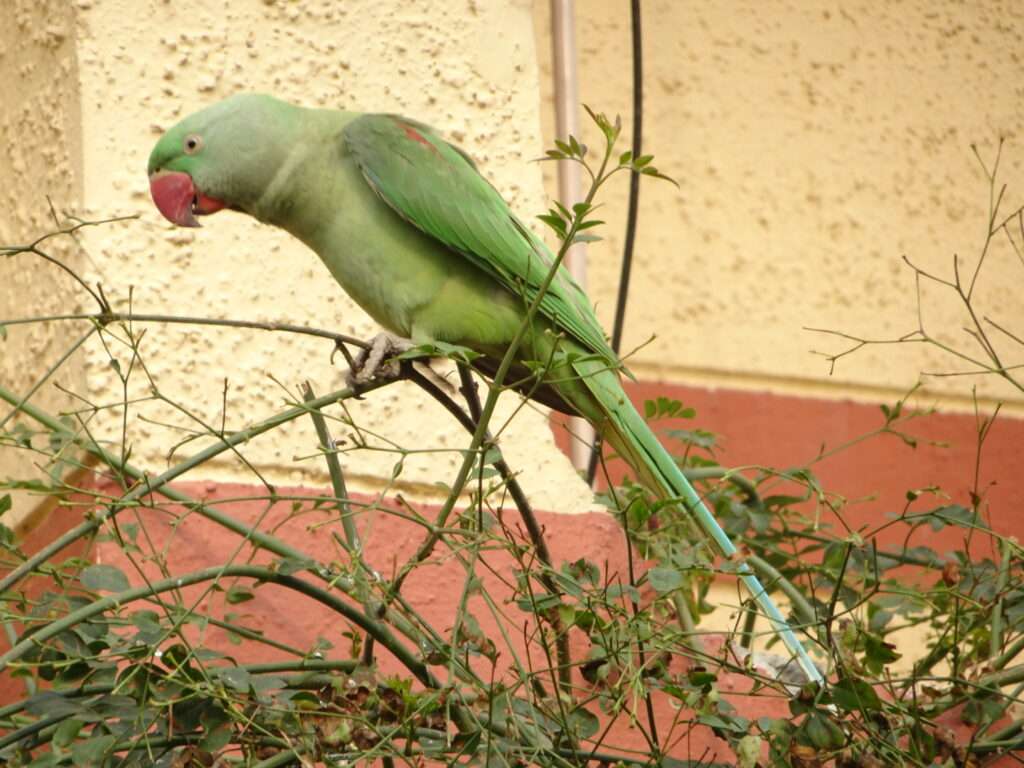
Description
Lifespan: 5-7 years, while some have been reported to live up to 10 years in the wild
The Barb pigeon is a breed of medium size. The Barb pigeon’s unusual feather crest, which grows on top of its head and gives the bird a regal air, is one of its most remarkable physical characteristics. A row of feathers that are arranged in the shape of a fan make up the crest, which can be little or enormous.
The short, robust beak of the Barb pigeon is another distinguishing feature. It can fly far distances and do remarkable aerial acrobatics thanks to its powerful, broad wings. The bird’s feet are a vibrant red colour, giving it a splash of colour overall.
Origin/ Habitat
The Berber inhabitants of North Africa are thought to have evolved the Barb pigeon there through selective breeding. The breed became well-known among pigeon enthusiasts and fanciers in Europe thanks to the bird’s unusual appearance and remarkable flying abilities. It was then brought to the United States, where it is now in high demand.
The Barb pigeon and the African Owl are both pigeon breeds from North Africa. It is thought that the two breeds originated from a single progenitor, and that the Barb pigeon was created via selective breeding from the African Owl. Long-distance flying was made possible by the Barb pigeon’s characteristic crest, short beak, and large wings, which it acquired over evolutionary.
Early in the 16th century, the Barb pigeon was brought to Europe, where pigeon lovers soon adopted it as a favourite breed. The bird was quickly bred in several European nations, including France, Spain, and England, because to its distinctive appearance and great flying skills.
The Barb pigeon was introduced to the United States in the 19th century, where it quickly gained popularity among pigeon lovers and breeders. The Barb pigeon is now widespread around the world, particularly in North America, Europe, and Asia. It is frequently utilized in pigeon racing contests because of its distinctive appearance and remarkable flying prowess.
Behavior
The Barb pigeon is renowned for its sociable and amiable nature. It is a very clever bird that appreciates social interaction, making it a well-liked option for people looking for a pet that is simple to train and likes to engage with people. The Barb pigeon is a gregarious bird that is also a skilled flier. It is a common choice for pigeon racing contests since it can fly at great speeds and for long distances.
Its large wings and strong muscles, as well as its innate ability to navigate and orient itself based on its surroundings, all contribute to the bird’s outstanding ability to fly.
As Pet

Housing
For Barb pigeons to be healthy and happy, they need to have appropriate home. The house should be roomy, secure, and provide nesting boxes and perches that cater to the needs of the birds.
For the sake of keeping the birds healthy and halting the spread of disease, the housing needs to be cleaned and maintained regularly.
Size and Space
The size and area needed by the birds should be taken into account before building Barb pigeon habitat. Because they are gregarious animals, pigeons need lots of room to move about and engage with one another. As a general guideline, give each bird at least 2 square feet of area. This means that you will require a least of 8 square feet of room if you intend to raise four Barb pigeons.
Height of the housing is another crucial factor to take into account. Barb pigeons can find it challenging to manoeuvre in an area with low ceilings due to the crest on their heads. To suit the height of the birds, the housing must be at least 6 feet tall.
Structure and Ventilation
To safeguard the birds from predators and the elements, the housing’s construction must be strong and reliable. Wood or metal housing should have a roof over it to give shade and protection from the elements. The health of the birds must be maintained through proper ventilation. Vents or windows that let fresh air circulate while also preventing draughts that can lead to respiratory issues should be present in the housing.
Feeding
For their health and wellbeing, Barb pigeons must be fed a diet that is nutritious and well balanced. The birds will stay healthy and robust if their meal contains a range of carbs, proteins, and fats in addition to vitamins and minerals.
Maintaining a healthy diet for Barb pigeons also requires feeding on a regular schedule, offering access to clean water, and limiting incentives to nutritious foods.
Exercise
Barb pigeons are lively animals that need constant exercise to stay healthy and happy. They ought to be given the freedom to fly and roam in a secure setting. Providing toys and perches can also help to engage their attention and promote movement.
Table





